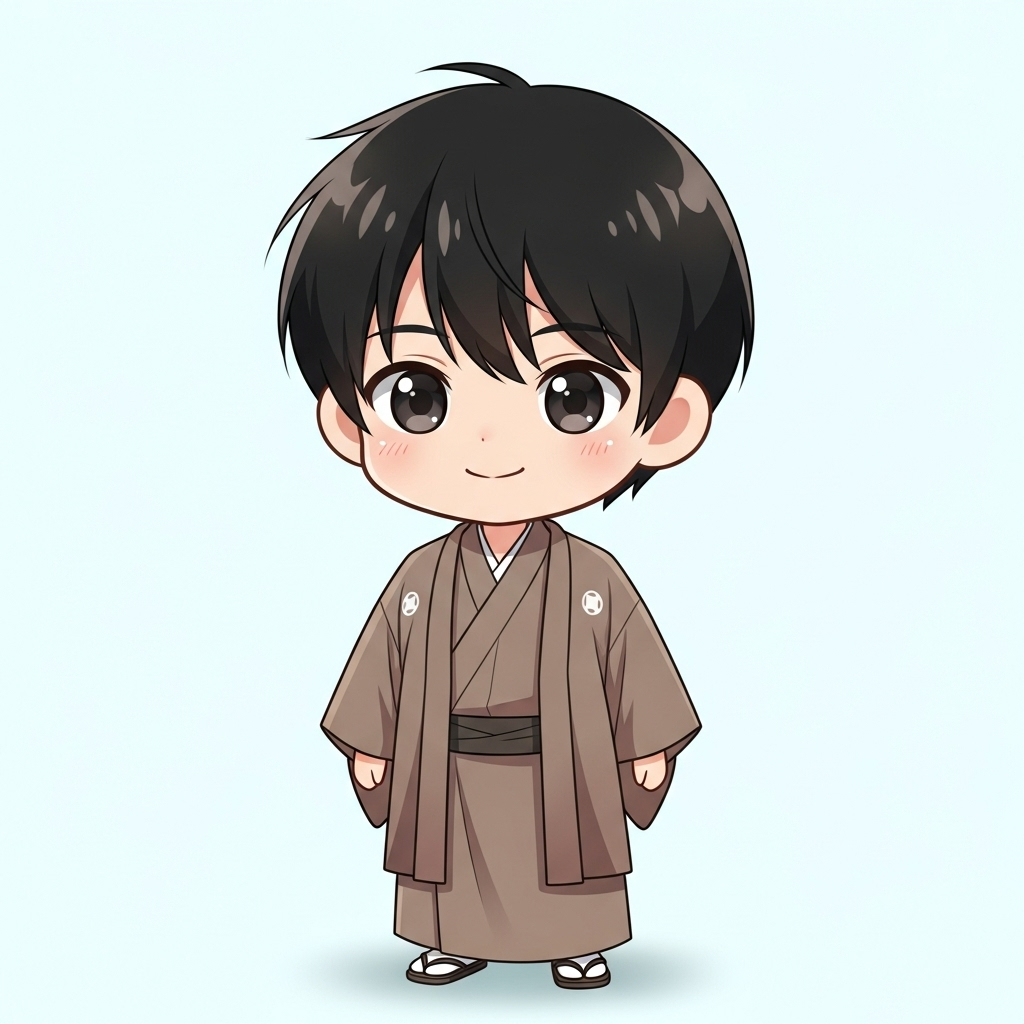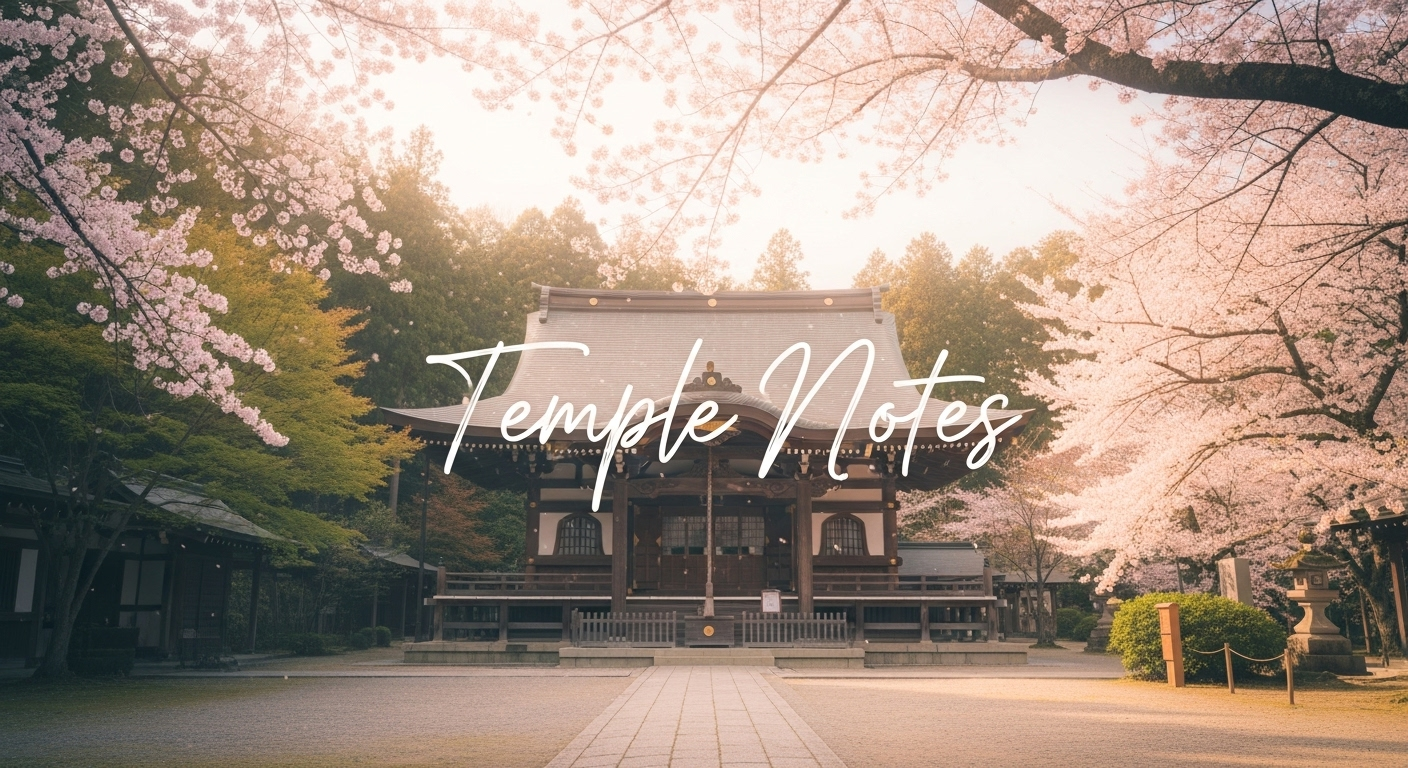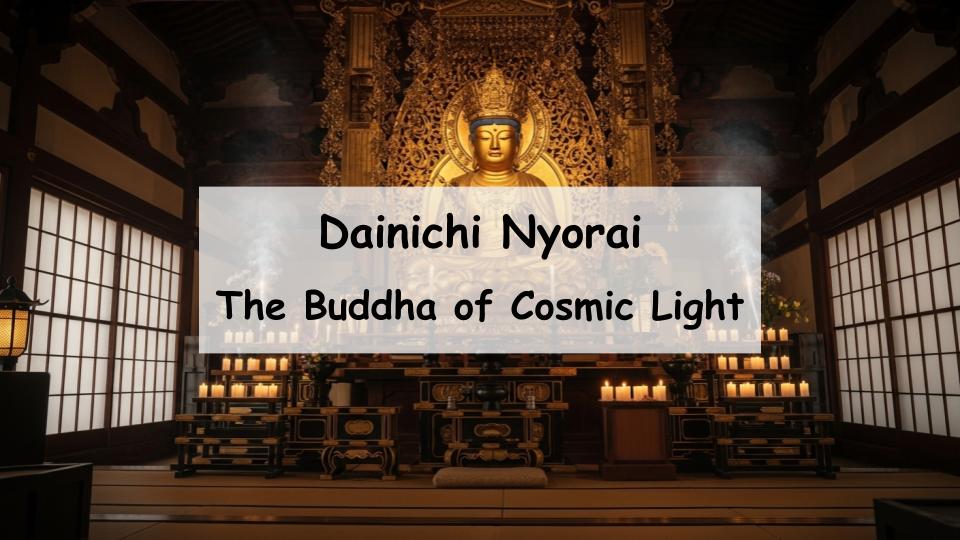Have you ever heard the term “Dainichi Nyorai” and wondered about its meaning, origin, or the blessings it is believed to bestow? You may have seen this figure in temples or Buddhist art, yet questions often arise: why is it worshipped, and how is it different from other Buddhas? In short, Dainichi Nyorai is the central figure in Esoteric Buddhism, representing the universe itself and embodying the ultimate truth. In this article, we will explore the meaning and history of Dainichi Nyorai, its role in Buddhist faith, the blessings associated with it, and how it continues to be relevant today. By the end, you will have a clearer understanding of Dainichi Nyorai and the profound intentions behind its veneration.
- What is Dainichi Nyorai?|Basic Meaning and Characteristics
- The History and Spread of Faith in Dainichi Nyorai
- The Blessings and True Meaning of Faith in Dainichi Nyorai
- Temples Dedicated to Dainichi Nyorai
- Dainichi Nyorai and the Mandalas of Esoteric Buddhism
- Dainichi Nyorai and Faith in the Modern World
- Conclusion|The Meaning and Value of Faith in Dainichi Nyorai
- A Message from the Guide
What is Dainichi Nyorai?|Basic Meaning and Characteristics
The Origin of the Name Dainichi Nyorai
The name “Dainichi Nyorai” derives from the Sanskrit term Mahāvairocana, which translates to “Great Sun.” The word symbolizes the light that illuminates and gives rise to all existence. “Nyorai” is the Japanese translation of Tathāgata, meaning “one who has thus come” or “one who has realized ultimate truth.” Together, “Dainichi Nyorai” signifies a Buddha who embodies universal truth and cosmic illumination.
Characteristics and Appearance of the Statue
Statues of Dainichi Nyorai are typically depicted with a calm yet majestic expression, often seated on a lotus pedestal with a radiant halo behind, symbolizing the light that pervades the universe. While most commonly portrayed in serene seated form, Esoteric Buddhist art sometimes depicts Dainichi with multiple faces and arms, symbolizing its infinite qualities. This variation in representation underscores that Dainichi Nyorai is not merely a personal deity but the principle underlying all existence.
Differences from Other Buddhas
Unlike Shakyamuni (the historical Buddha) or Amida (Amitābha) who are tied to narratives of salvation or historical events, Dainichi Nyorai is understood as a cosmic principle rather than an individual figure. While Amida emphasizes rebirth in the Pure Land, Dainichi Nyorai represents the fundamental cause of enlightenment and the essence of the universe itself, serving as the central focus of Esoteric Buddhist rituals and mandalas.
The History and Spread of Faith in Dainichi Nyorai
Dainichi Nyorai in Esoteric Buddhism
In Esoteric Buddhism, Dainichi Nyorai holds the supreme position as the source of all teachings and practices. Through rituals, mantras, and mandalas, practitioners aim to unite with this cosmic Buddha. Dainichi is depicted as the origin of all Buddhas and bodhisattvas, embodying the very essence of truth and wisdom.
Transmission to Japan and the Role of Kūkai
In Japan, the veneration of Dainichi Nyorai was firmly established during the Heian period through the efforts of the monk Kūkai (also known as Kōbō Daishi). After studying Esoteric Buddhism in China, Kūkai introduced Dainichi Nyorai as the supreme deity of Shingon Buddhism, with Mount Kōya as its spiritual center. His teachings ensured that Dainichi became the heart of Japanese Esoteric practice and culture.
Spread Across Temples in Japan
Dainichi Nyorai is enshrined as the principal deity in many Shingon temples, but its influence extends far beyond. Regional variations in worship exist, yet the unifying feature is the focus on spiritual growth and truth through Dainichi’s presence. Over time, this faith merged with local practices, becoming a key element in rituals such as the goma fire ceremony.
The Blessings and True Meaning of Faith in Dainichi Nyorai
Commonly Believed Blessings
Dainichi Nyorai is widely believed to bring wisdom, clarity, protection from misfortune, and success in learning or work. While many seek tangible blessings, the true benefit often lies in inner transformation, which in turn influences one’s outer life positively.
The True Nature of Blessings and Misunderstandings
A common misunderstanding is to see blessings as magical favors. In truth, faith in Dainichi Nyorai is not about external intervention but about illuminating the mind and aligning with universal truth. Rituals and prayers serve as practices to purify and strengthen one’s mind, which then manifests in improved circumstances.
The Attitude in Worshipping Dainichi Nyorai
To truly engage with Dainichi Nyorai, one must go beyond ritual formalities and sincerely apply the teachings in daily life. Faith involves mindfulness, self-reflection, and dedication to practice, ensuring that the benefits are not superficial but deeply transformative.
Temples Dedicated to Dainichi Nyorai
Mount Kōya Kongōbu-ji
Mount Kōya, home to the headquarters of Shingon Buddhism, is one of the most sacred centers of Dainichi Nyorai worship. The entire mountain is considered a spiritual mandala where rituals and pilgrimages allow practitioners to connect deeply with the teachings of Dainichi.
Tō-ji (Kyōō Gokoku-ji) in Kyoto
Tō-ji, a temple of great historical importance in Kyoto, also enshrines Dainichi Nyorai as its principal deity. With its preserved mandalas and statues, it serves as a living repository of Esoteric Buddhist culture and practice.
Other Famous Images of Dainichi Nyorai
Other notable representations include the colossal Buddha at Tōdai-ji in Nara, often associated with Vairocana (closely related to Dainichi). These statues are not only religious icons but also cultural treasures that continue to attract countless visitors.
Dainichi Nyorai and the Mandalas of Esoteric Buddhism
Dainichi in the Womb Realm Mandala (Taizōkai Mandala)
The Womb Realm Mandala depicts Dainichi Nyorai as the nurturing source of compassion and creation. At its center, Dainichi generates countless other Buddhas and bodhisattvas, symbolizing the birth of enlightenment and the guiding force of compassion.
Dainichi in the Diamond Realm Mandala (Kongōkai Mandala)
In contrast, the Diamond Realm Mandala emphasizes unshakable wisdom and ultimate truth. Here, Dainichi represents the indestructible nature of enlightenment, showing the unchanging principle that underlies reality. Together, the Womb and Diamond mandalas provide a complete vision of the cosmos.
Cosmic Perspective and Dainichi’s Role
Mandalas are not mere artworks but visual maps of the universe and the stages of practice. Positioned at the center, Dainichi Nyorai embodies the principle that connects practitioners to the cosmos, enabling them to realize their unity with all existence.
Dainichi Nyorai and Faith in the Modern World
The Significance in Daily Life
In today’s world, Dainichi Nyorai serves as a spiritual anchor for those seeking peace of mind or clarity amidst modern challenges. Visiting temples, engaging in rituals, or simply reflecting on its teachings can help individuals restore balance in their daily lives.
Lessons for the Mind from Dainichi Nyorai
The symbolism of Dainichi encourages cultivating wisdom, compassion, and calm observation. By learning to “illuminate the mind,” individuals develop resilience and a broader perspective, qualities especially valuable in our stressful times.
The Role of Faith in Contemporary Society
Beyond personal spirituality, Dainichi Nyorai worship contributes to community and cultural continuity. Temples function as centers of tradition, art, and communal life, preserving values that offer both spiritual and cultural enrichment.
Conclusion|The Meaning and Value of Faith in Dainichi Nyorai
Recap of the Article
We have explored the meaning of Dainichi Nyorai, the origin of its name, its differences from other Buddhas, and its central role in Esoteric Buddhism. We also looked at its transmission to Japan, the role of Kūkai, the blessings associated with faith, and its representation in mandalas and temples.
The Importance of Understanding Dainichi Nyorai
To understand Dainichi Nyorai is to gain insight not only into Buddhist philosophy but also into ways of cultivating mindfulness and wisdom in daily life. Visiting temples and encountering mandalas or statues allows for a direct experience of these teachings. Even today, Dainichi Nyorai offers a timeless path to inner clarity, transformation, and connection with the greater universe.
A Message from the Guide

The reason I first became interested in Buddhist statues was the Dainichi Nyorai at Tō-ji. I am certain it has been guiding and saving countless people for over a thousand years.













Comment